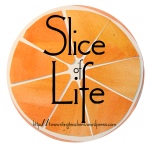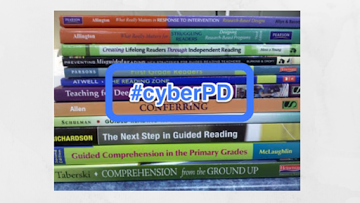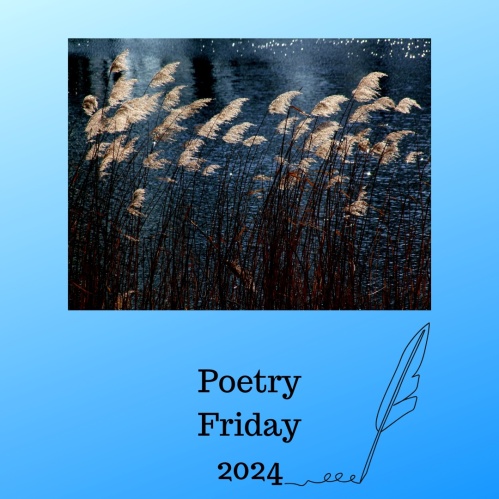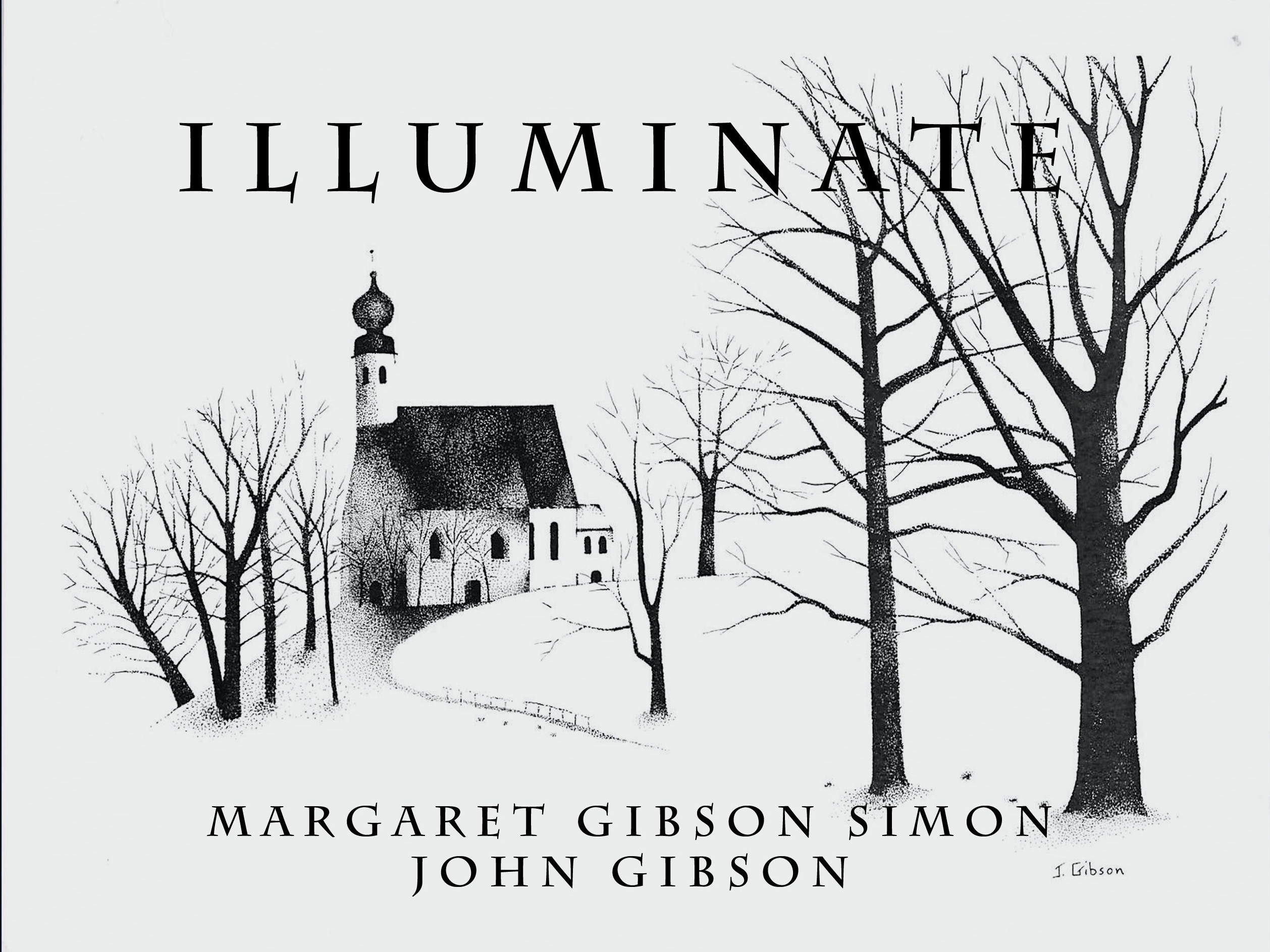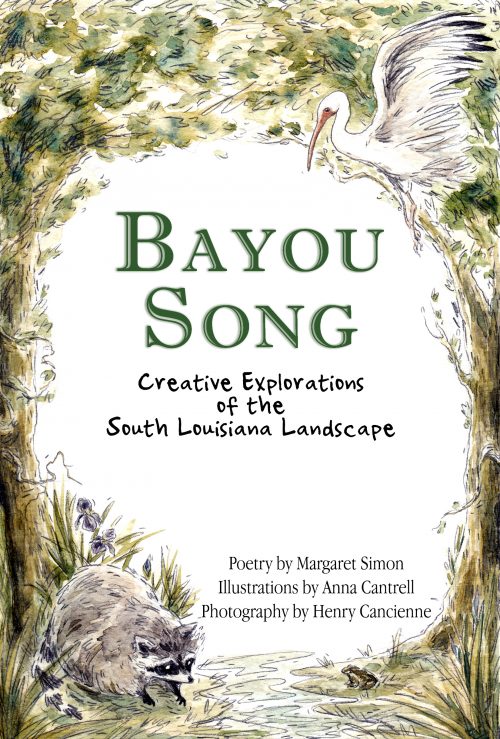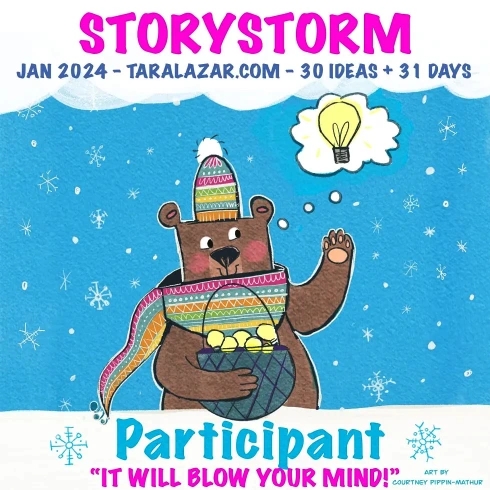Saturday morning yoga, my instructor, Susan, says “You should not tell yourself that your body can’t do something. Challenge yourself to try, and your body may just surprise you.” So when she said we were going to do head stands, I stopped the “No way,” and said, “Ok. I’ll try.” I opened myself to her knowledgeable instruction. She guided me step by step. And when I was upside down, I felt powerful, giddy, invincible.
I want to take this learning into my classroom and into my teacher-self. Our school year begins on Wednesday. Scheduling is a nightmare for anyone who has to look at a master schedule and plan for all the various pull-outs and special classes. I am one of those teachers that messes up the master schedule. This year I will be servicing three schools. Three different schools with three different schedules pulling out gifted students in 5 different grade levels. I know you must be saying by now, impossible.
Teachers, isn’t that how we roll? Turning impossible into possible. Whatever it may be, a move to a new classroom, grade level, or position, a new administrator to get to know, a crazy schedule to make work, we put on our super hero capes and take off, letting the winds of self-doubt fly past us. Flexibility is in our stride.
If I can do a hand stand, I can go confidently into this school year. But just in case I need a guiding mantra, I made a Canva poster out of Cornelius’s charge and my friend, Dani Burtsfield’s photo from Glacier Park in Montana.
Be sure to join me in the new #TeachWrite chat on Monday, August 7th at 7:30 EST. For more information and a list of questions, go to #TeachWrite Chat.
Link up your DigiLitSunday posts below:









